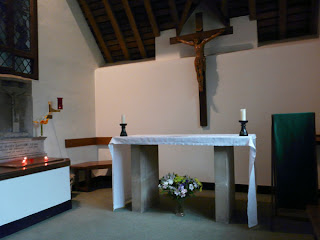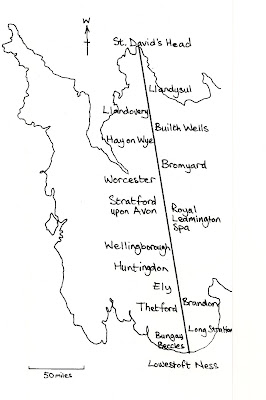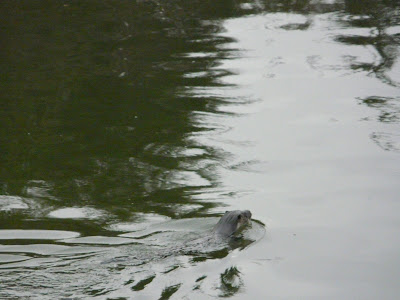Love was his Meaning

Above the steamy warmth of the café, in the still prayerfulness of high arched church, a steady stream of people quietly come and go and light floods in through clerestory windows. Here the shop-weary can find sanctuary from retails restless rat race and allow themselves time to respond to Wisdom’s bumper bargain. Mancroft is not alone in offering such space. There are two cathedrals and St.John, at the top of Timberhill ( between John Lewis and the entrance to the Castle Mall), is always open. But best of all, and a short walk away, is St. Julian’s Church just of Rouen Road In the 14th century this was the commercial centre. In the midst of the teeming city Mother/Lady Julian lived out a solitary life of prayer and reflection the very embodiment of Wisdom in the Marketplace. Her book, still in print after all this time, sums up The Reason for the Season in four short words, “Love was his meaning!”












